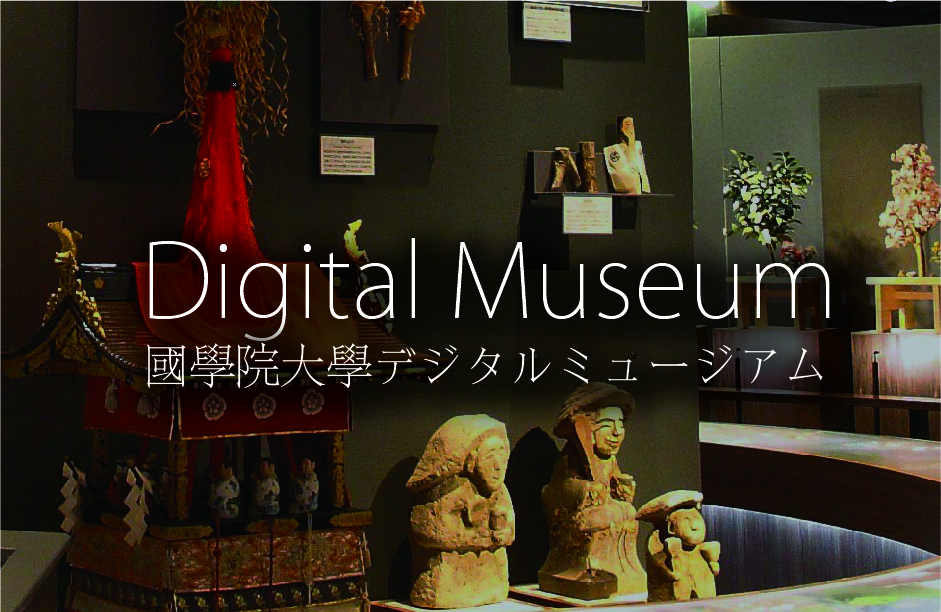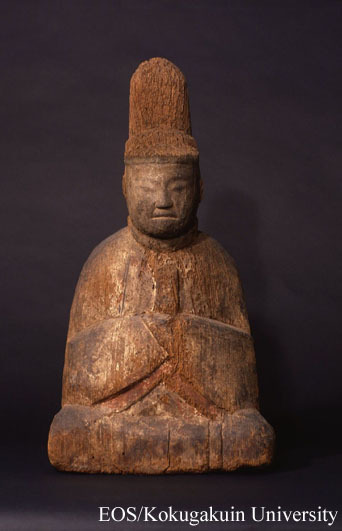- トップ
- Encyclopedia of Shinto
- Shinzō
Encyclopedia of Shinto
| Main Menu: | |
| Links: |
詳細表示 (Complete Article)
| カテゴリー1: | 4. Jinja (Shrines) |
|---|---|
| カテゴリー2: | Objects of Worship and Shrine Treasures |
| Title | Shinzō |
| Text | Wooden images of kami carved from the end of the Nara period under the influence of Buddhist culture and in imitation of Buddhist sculpture. The trend toward the identification of Buddhas with indigenous kami (shinbutsu shūgō) intensified in the Heian period, and statues of honji-butsu (Buddhist divinities identified as the "original ground" or true essence of a deity) came to be installed in shrines together along with images of their corresponding kami. Since they were generally installed deep within the shrine's sanctuary (honden), however, such images did not become direct objects of worship in the manner of Buddhist statues. In form, shinzō could portray kami appearing either as Buddhist monks (a style called sōgyō, and featuring the figure in a robe with Buddhist surplice), or as unordained lay persons (zokutai, depicting the figure dressed in the formal costume of a court noble). Male divinities are shown wearing a formal high headpiece and large-sleeved robe (hō). Female forms are usually depicted with hair bound in a topknot with the remainder cascading down the back, wearing a skirt-like train (mo) with formal Chinese jacket (karaginu) over a large-sleeved underrobe. In the late Heian period, shinzō images reflected the ornate fashions then current at the court, and the Kamakura period brought more realistic styles of sculpture. On the other hand, statuary gradually became smaller from the 11th century onward, and examples displaying native Yamato-style dress became more prevalent. Unusual examples of woodcut print shinzō also appeared. From the Muromachi period, shinzō became linked to folk beliefs, and statues were carved in many different styles. However, as a result of the Meiji-period separation of buddhas from kami (shinbutsu bunri), there are very few shrines today that still possess shinzō. — Okada Yoshiyuk |






